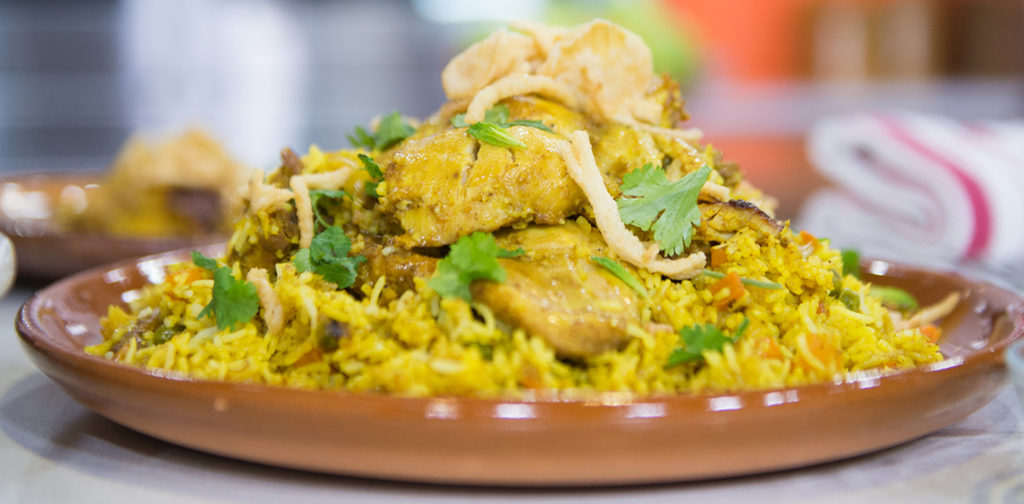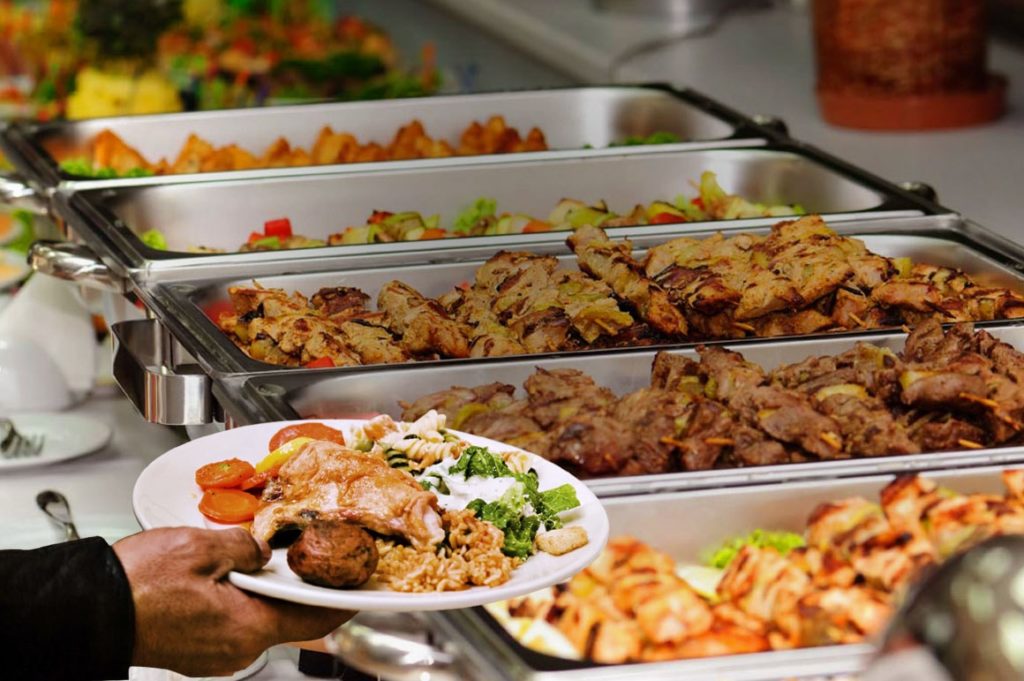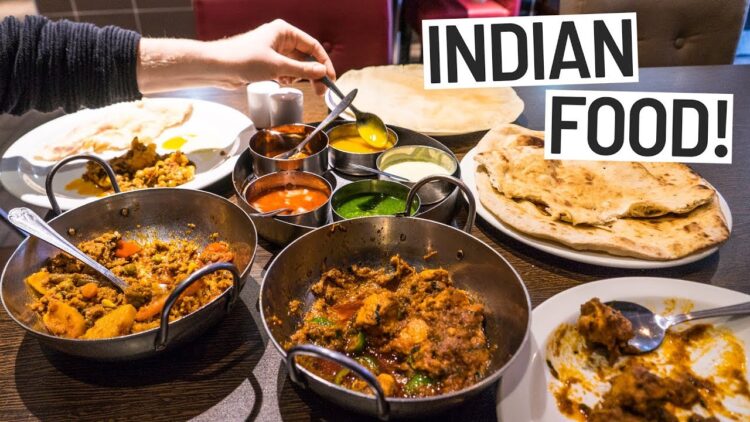Asia is known as a continent full of different cultures and traditions, as well as cuisine. Indian, Chinese or Japanese food is something everyone should taste. For example, Indian food is very diverse and is not the same in any city, village or region. Also, India is known as a land of spice and many specialties as idli-sambhar, dal-chawal, macch-bhaat or roti-subzi. The foods that can be found in India are very colorful and give special taste and smell to the meals.
Also, ancient science, Ayurveda, tells us that Indian cuisine is rich in all the necessary ingredients that are needed by man. Indian food provides everything. From proteins, minerals through fiber and vitamins, everything can be found in fruits, vegetables and cereals.
These foods are the main ingredients of the food in India, which means it is healthy. However, despite the fact that it is mainly a vegetarian country, India has a problem with many diseases as diabetes and obesity among young people and children, as well as adults. It’s known that the Indians are crazy about rice and roti, but is it the main cause of these diseases?

An indispensable part of every Indian’s meal is chutney, rice, beans, pickle, dal, legumes and roti. In addition, they like to add chickens or fish meat. Although the diet differs throughout the country, these are some basic ingredients. In India, some foods are used every day it would be good to know their nutrient quotient. For example, the standard 6-inch diameter standard has 85 calories, while the fat content is 0.5gms. Then dal with tadka has 154 calories per 150gms, and the fat content is 6gms. Curd rice is 190 calories per 100gms, while the fat content is 7gms. Rajme and Chana have 153 calories per 150gms, and the fat content is slightly lower than that of 5gms, while Idlis has 132 calories and 3gms of fat content, while Mixed vegetable has 142 calories per 150gms, while the fat content is 15gms Chicken curry has 300 calories per 100gms, while the fat content is 15 to 35gms. Coconut rice has 368 calories per 100gms and 15gms fat content.
These values show that the ratio of fat, protein and fiber is fairly well coordinated. Foods such as chicken, fish, beans and curd have low fat values and provide the necessary amounts of necessary compounds such as amino acids. This type of diet is not harmful, but it’s just the opposite case, it is very useful for health, and we can freely recommend it to all people who want to lose weight.
Therefore, the daily diet of an average Indians is healthy and without any negative effects on health. However, the problem may be fat snacks that Indians like to eat later, for example for dinner. These foods are very greasy and can cause bulging stomach, but even worse things like numerous diseases like obesity or diabetes. Of course, you can always eat a snack, but not too much, because then, you will only make problems for yourself. If you take care of everyday nutrition, you should not have problems and you will be able to enjoy all the foods equally. We have a few tips for you to keep up.

First of all, you have to take care about the amount of food you enter. Look at the nutritional values we’ve listed above and everything will be clear to you. Also, it is desirable to avoid fried snacks because they will not bring you anything good. Fats can only make you unnecessary problems and that’s why it’s better to focus on plant-based foods, foods with a lower amount of fat, or even cooked or baked foods that are certainly healthier.
Salt is your enemy, so beware of the amount you are consuming. Also, artificial sugar is not good for our health. Better solutions arrive from nature, which are honey or, for example, cinnamon. One more thing to pay attention to is spices. Indian cuisine is widely known for its very aromatic spices that can greatly improve the taste. These are, for example, cardamom and kadi patta. Our last tip is to pay attention to grains. These foods are very nutritious and helpful to our health so you should eat them more than fatty snacks. You can try with makk, jowar or bajra.
